Make more people aware of the importance of auto safety by sharing this timeline:
As America evolved over the past century, the cars we love did too - but those cars didn't always love us back. Today, seat belts, airbags and other advancements that keep us safe are routine. But when America first fell in love with the automobile, these innovations were not yet on our radar.
Today, your risk of dying in a car crash is nearly half of what it was in 1974, only forty years ago. But why? Scroll down to explore the road trip America has taken to safer roads - a journey of technological advances, new laws and standards, and behavioral shifts that have saved countless lives.
Spread the word
Your Good Neighbor On the Road: State Farm® And Auto Safety
State Farm was founded in 1922 by retired farmer and insurance salesman George Jacob "G.J." Mecherle. State Farm continues its longtime mission to strive to help people manage the risks of everyday life, recover from the unexpected, and realize their dreams.
One way State Farm tries to embody its mission is through its auto safety efforts. Whether advocating for airbags or educating teen drivers, State Farm has a record of using research to fuel actions that make our roads safer.
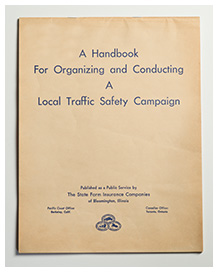
In Depth: Using Data from Crashes to Fuel Auto Safety Awareness
In the 1940s and 50s, following the "research to action" model, State Farm published useful tips to raise awareness, including information about the most dangerous times of the day to drive.
State Farm was a founding member of the Insurance Institute for Highway Safety (IIHS) in 1959. IIHS has conducted vast amounts of research that led to many auto safety enhancements, whether in terms of engineering (how cars are built and how safety devices operate), enforcement (laws and policies) or education (making drivers aware of issues).

In Depth: Expanding Action to Change Behaviors and Dangers
In the 1960s and 70s, State Farm continued education and awareness efforts, conducting "Anti-Drunk Driving" and "Roadside Deathtraps" campaigns, which included radio, TV and print advertisements about ways to make highways safer.
In Depth: Engineering Advancements and Young Driver Education
During the 1980s, 90s and the early 21st century, in addition to being a founding member of the Advocates for Highway and Auto Safety, State Farm actively supported seat belt and air bag safety initiatives, including research and policy efforts.
State Farm worked with state and local governments to address dangerous intersections and reached out to youthful drivers with programs designed to promote safer driving, such as "Project Ignition" and the "Steer Clear Driver Discount" Program.
In Depth: Digging Deep Into Data for Child Passenger Safety
In 1996, State Farm joined The Children's Hospital of Philadelphia (CHOP) to embark on one of the most ambitious auto safety research initiatives to date, focusing on the country's most vulnerable passengers - our children.
To begin this partnership and effort, titled Partners for Child Passenger Safety (PCPS), State Farm identified crashes involving children, obtained permission from our policyholders to use data from these crashes for research, and a plethora of unique data was available for analysis by CHOP. CHOP closely examined more than 600,000 crashes involving 875,000 children. It was the largest source of data ever collected on children involved in motor vehicles crashes. The data was used to support the enactment of legislative measures that save the lives of hundreds of children and reduce the severity of injuries for tens of thousands of children every year.
In Depth: From the Car Seat to the Driver's Seat
As children from our PCPS research became teen drivers, State Farm and The Children's Hospital of Philadelphia started to enhance and augment the academic knowledge on teen driver safety by starting the Young Driver Research Initiative (YDRI).
The disturbing fact that motor vehicle crashes are the number one killer of teenagers provided the impetus for the YDRI. This research helped identify and expand awareness of the most common causes of teen driver crashes.
Based on that research, State Farm pursued effective, science-based interventions including tools to help young drivers be more aware of driving hazards - such as Road Aware - and a program that provides practical advice to help parents teach their new drivers how to be safer on the roads, called Road Trips. State Farm also advocates for strong Graduated Driver Licensing laws across the country, and educates and engages teens with our safe driving campaign, Celebrate My Drive.
In Depth: Engaged Driving and the Next Steps in Auto Safety
State Farm continuously monitors the traffic safety landscape to identify issues that need the most evaluation and intervention - with an end goal to help save lives. In 2012, distracted driving topped the list.
Engaged driving occurs when drivers actively provide sufficient attention to driving safely. In 2012 State Farm and the Association for the Advancement of Automotive Medicine (AAAM) teamed up to bring together a panel of experts who quantified and identified gaps in the understanding of engaged driving. This knowledge, which was shared widely with the auto safety community, will help drive further research and breakthroughs that will make driving safer for everyone.
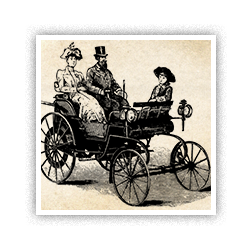
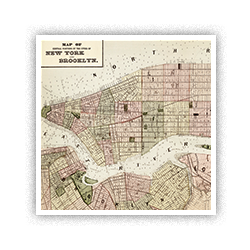

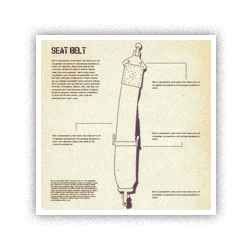

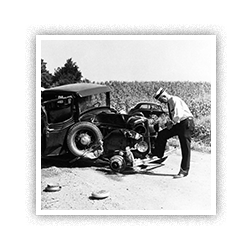


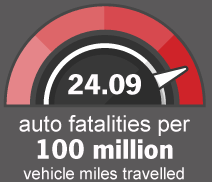

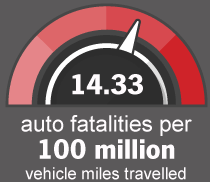
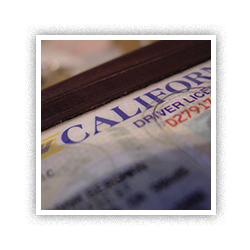



The Department of Transportation Standard 208 required the installation of lap and shoulder belts in the front seats of all new cars sold in the U.S. except convertibles. There was no requirement that vehicle occupants use the seat belts, however.13
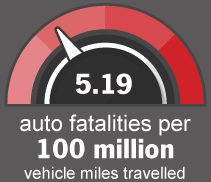

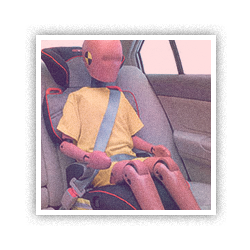


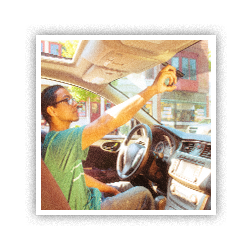



Modern antilock brake systems (ABS) were introduced on some 1985 models. ABS is a component of electronic stability control (ESC); ESC was a major evolution in auto safety.22


During 1986, the first Graduated Driver Licensing (GDL) law went into effect in Florida. GDL laws address the high crash risk for new drivers by gradually lifting restrictions.23

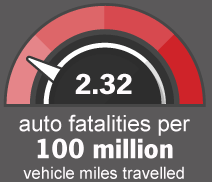

Maryland led the way by enacting the first zero alcohol tolerance law for youth; all states and the District of Columbia enact a zero tolerance law by 1998.25
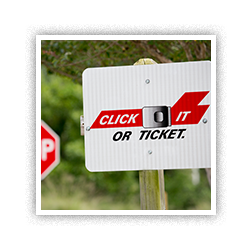




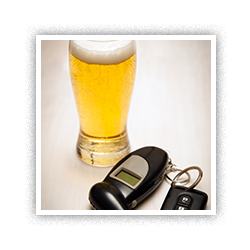

As distractions presented by smart phones became more apparent, Washington enacted the first texting while driving ban.33
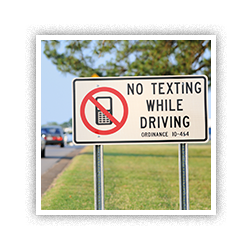
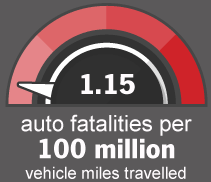

During 1986, the first Graduated Driver Licensing (GDL) law went into effect in Florida. GDL laws address the high crash risk for new drivers by gradually lifting restrictions.35
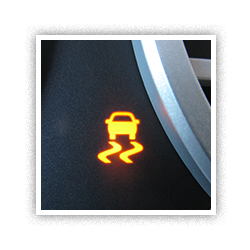



 statefarm.com®
statefarm.com®